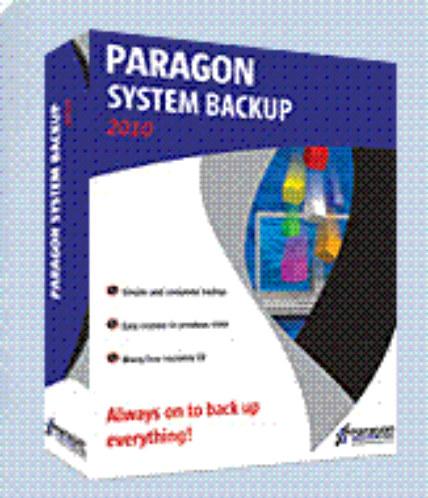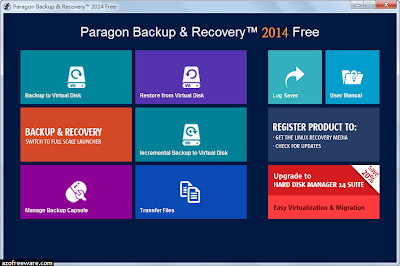
In fact, the only option you have to restore data is to boot into the recovery system that you create. It is recommended that you create recovery media as you can boot using it to restore a backup if Windows fails to start or if the restoration from within Windows is not working properly. A link to the privacy policy is provided.Ī click on Recovery Media Builder displays two options to create recovery media. You can disable the sending of anonymous statistics which is turned on by default. It is real easy to set up new jobs but before you do, you may want to open the program settings to consider making one adjustment and creating recovery media. Once that is out of the way, you can configure the first backup job from the program's main interface. When you start the program for the first time you are asked to sign-in to an account or create one. The 64-bit version has a size of about 140 Megabytes installation should not pose any difficulties as you don't make any meaningful decisions during setup. You can download a 32-bit version or 64-bit version of the backup software from Paragon. You can create a free account if you don't have one. Note: Paragon Backup & Recovery requires that you sign-in to an account.

I picked Paragon Backup & Recovery for a number of reasons: it is compatible with Windows 10, supports differential and incremental backups, comes with restore options and environments, and is maintained by a company that has a good reputation and long standing history in the field. Windows users have lots of choice when it comes to backup software.

I used Veeam Endpoint Backup since 2014 but had to find a new backup solution as the software was not working properly anymore after the upgrade to Windows 10 version 1803 on a PC.


 0 kommentar(er)
0 kommentar(er)
